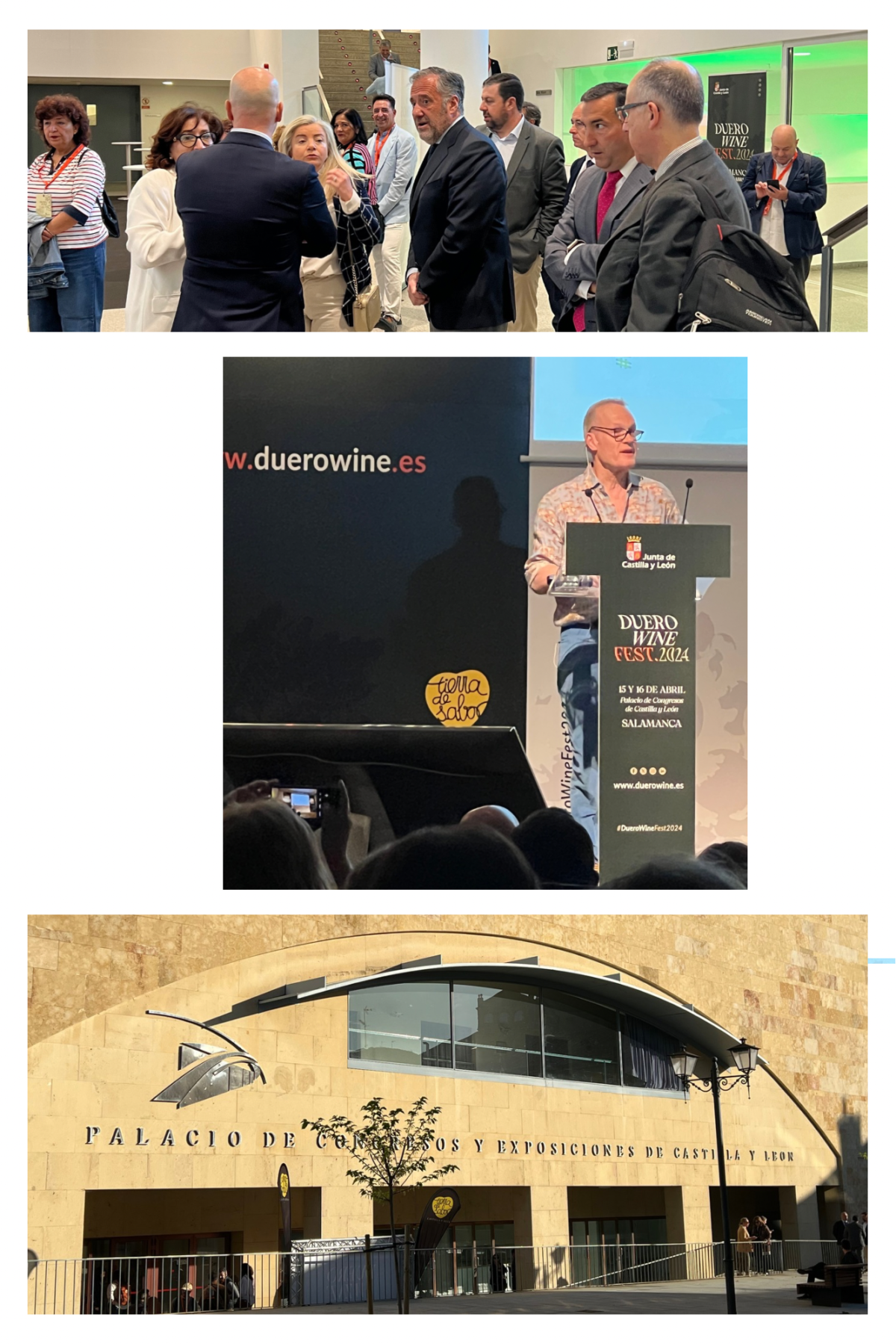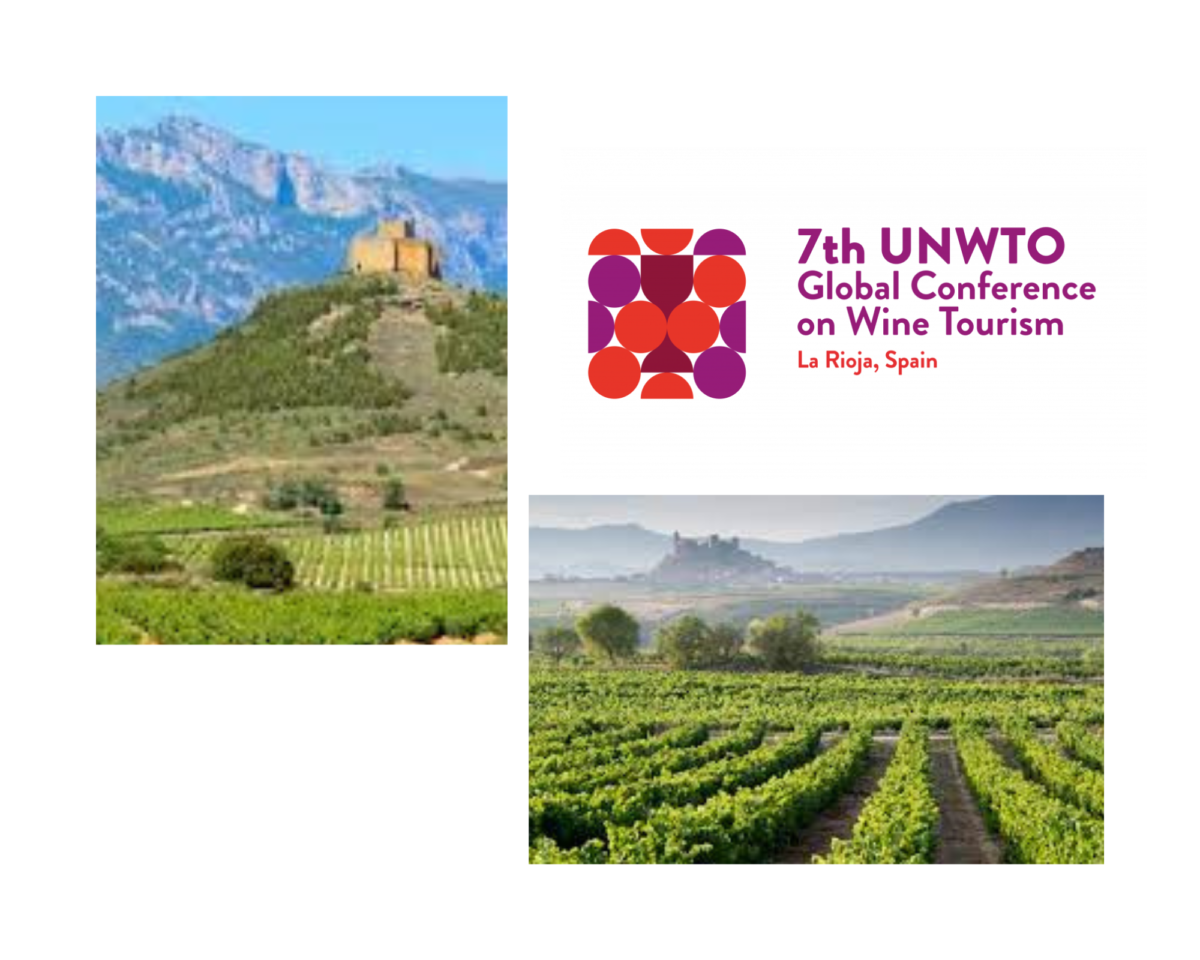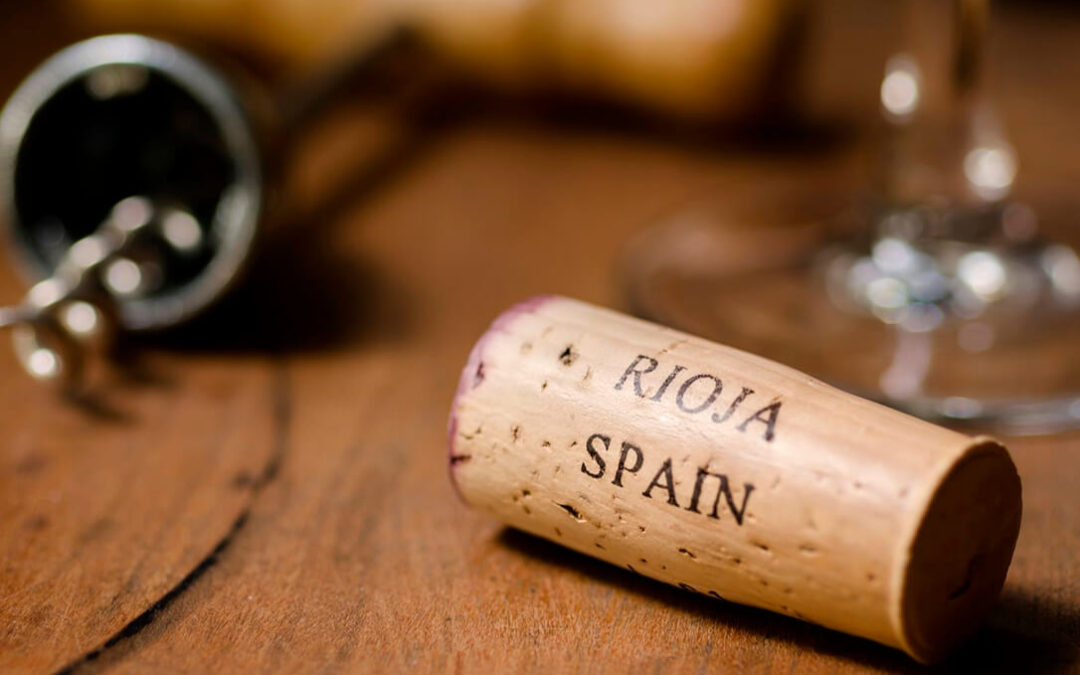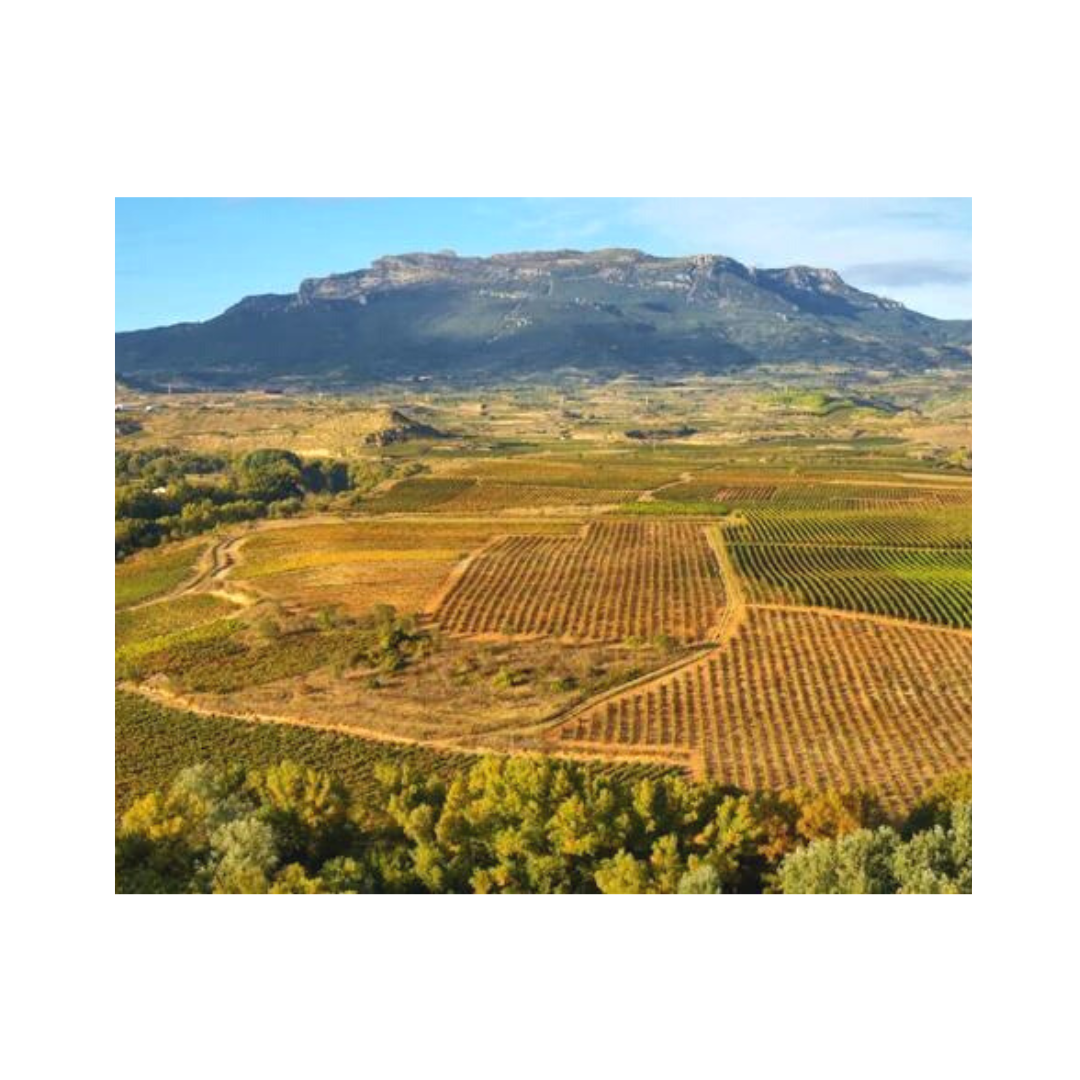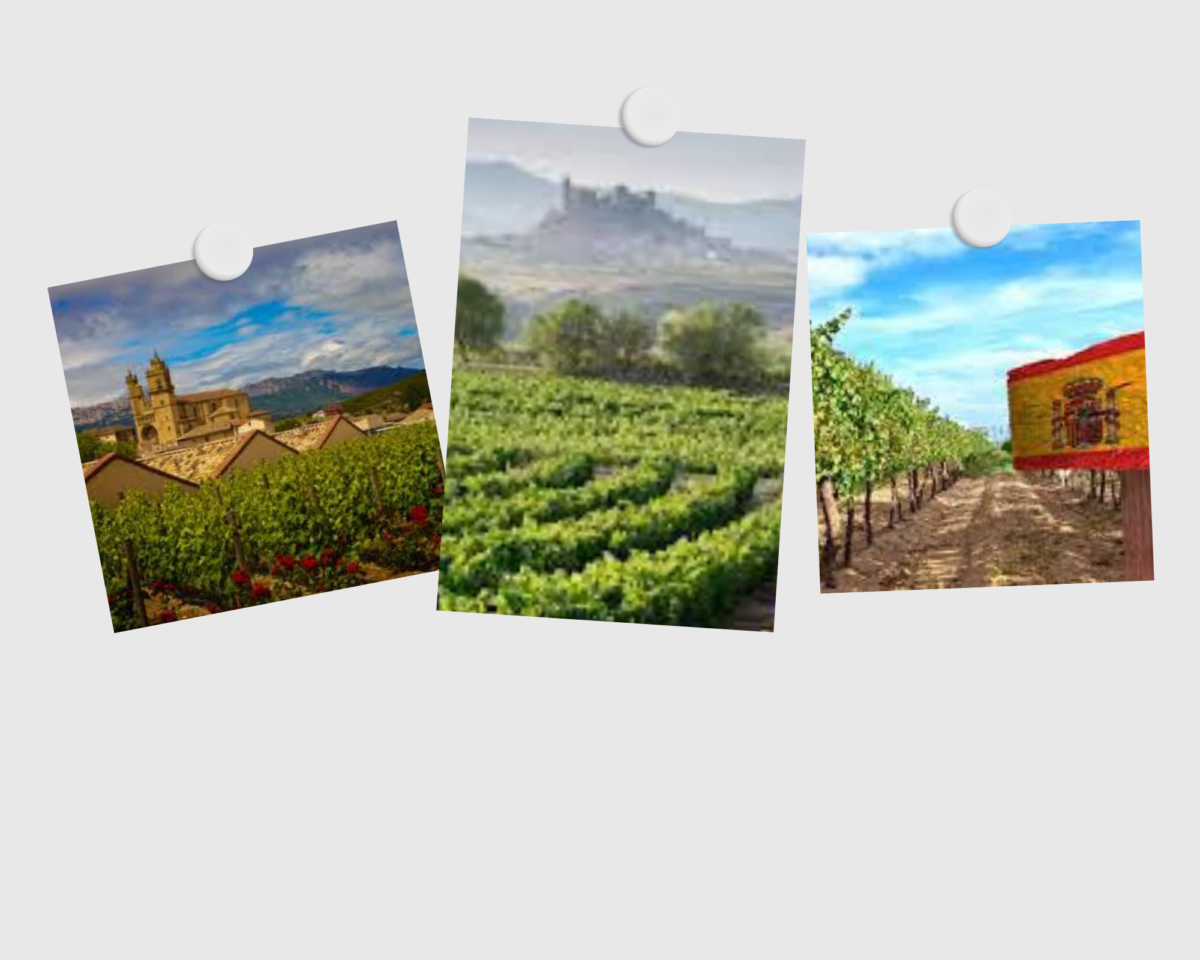This morning Tim Atkin MW provided an overview of the “Present and Future of Duero Wines” at the opening ceremony of the “Third Edition Duero Wine Fest” which is held this year in Salamanca Congress Palace, Spain.
This year’s motto “Building a value proposition from the territory” brings together foremost national and international trade experts, along with local and national politicians.
For two days, the Salamanca Conference Center will be hosting presentations by academics, wine journalists, and include wine tastings led by sommeliers. These presentations, tastings and round tables all focus on the Duero as one of the most important wine rivers in the world.
Other wine personalities speaking include Sara Jane Evans of Decanter magazine – Spain, who will provide her view of the Duero, along with Gergely Szolnoki, a wine tourism expert, who will speak on current global trends.
The congress also includes a series of debates such as wine marketing, wine tourism and the impact of global warming on viticulture, highlighting the importance of the wine sector for the economy of Castilla y Lion.
Watch this space for updates…

